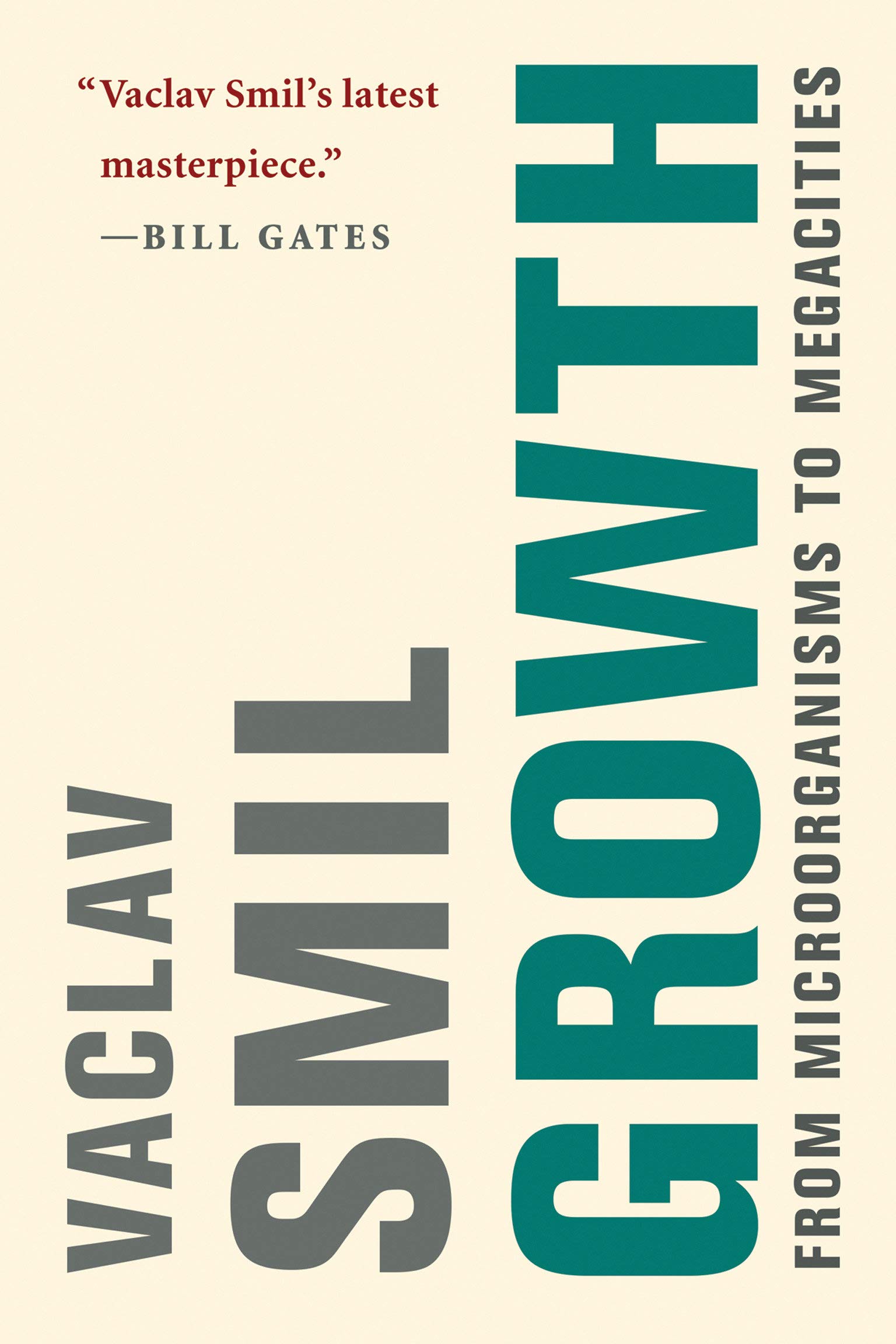Recently it has been possible to claim that 90% or more of all the extant information in the world has been generated over the preceding two years. Seagate (2017) put total information created worldwide at 0.1 zettabytes (ZB, 1021 ) in 2005, at 2 ZB in 2010, 16.1 ZB in 2016, and it expected that the annual increment will reach 163 ZB by 2025. A year later it raised its estimate of the global datasphere to 175 ZB by 2025—and expected that the total will keep on accelerating (Reinsel et al. 2018). But as soon as one considers the major components of this new data flood, those accelerating claims are hardly impressive. Highly centralized new data inflows include the incessant movement of electronic cash and investments among major banks and investment houses, as well as sweeping monitoring of telephone and internet communications by government agencies. At the same time, billions of mobile phone users participating in social media voluntarily surrender their privacy so data miners can, without asking anybody a single question, follow their messages and their web-clicking, analyzing the individual personal preferences and foibles they reveal, comparing them to those of their peers, and packaging them to be bought by advertisers in order to sell more unneeded junk—and to keep economic growth intact. And, of course, streams of data are produced incessantly simply by people carrying GPS-enabled mobile phones. Add to this the flood of inane images, including myriads of selfies and cat videos (even stills consume bytes rapidly: smartphone photos take up commonly 2–3 MB, that is 2–3 times more than the typescript of this book)—and the unprecedented growth of “information” appears more pitiable than admirable.

Smil, Growth of information
Smil, Vaclav. Growth: From Microorganisms to Megacities. Cambridge, Massachusetts: The MIT Press, 2019.
Hits: 1787
Latest
- Giving a Voice to the Past: Intangible Heritage and Forgotten Territories 25 October 2025
- Donner une voix au passé : patrimoines immatériels et territoires oubliés 25 October 2025
- Tra overtourism e undertourism: la ricerca di equilibri territoriali sostenibili 21 June 2025
- Overtourism and Undertourism: The Challenge of Managing Contemporary Tourism 21 June 2025
- Overtourism et undertourism : le défi de la gestion du tourisme contemporain 21 June 2025
Most read
- Le alterazioni dell’ecosistema
- Le tourisme urbain
- La théorie du cycle d'erosion et critique du modèle davisien
- Gestione del comprensorio montano del Ceresio (InterReg II)
- Strumenti e strategie per la condivisione e la valorizzazione dei patrimoni culturali ticinesi, Convegno Digitalizza la cultura
- Globetrotter: un nuovo modo di viaggiare
- Un museo per viaggiatori e avventurieri d'inizio secolo

Osare: il progresso si ottiene solo così.
Oser: le progrès est à ce prix.
To dare; that is the price of progress.
Victor Hugo, Les Misérables
